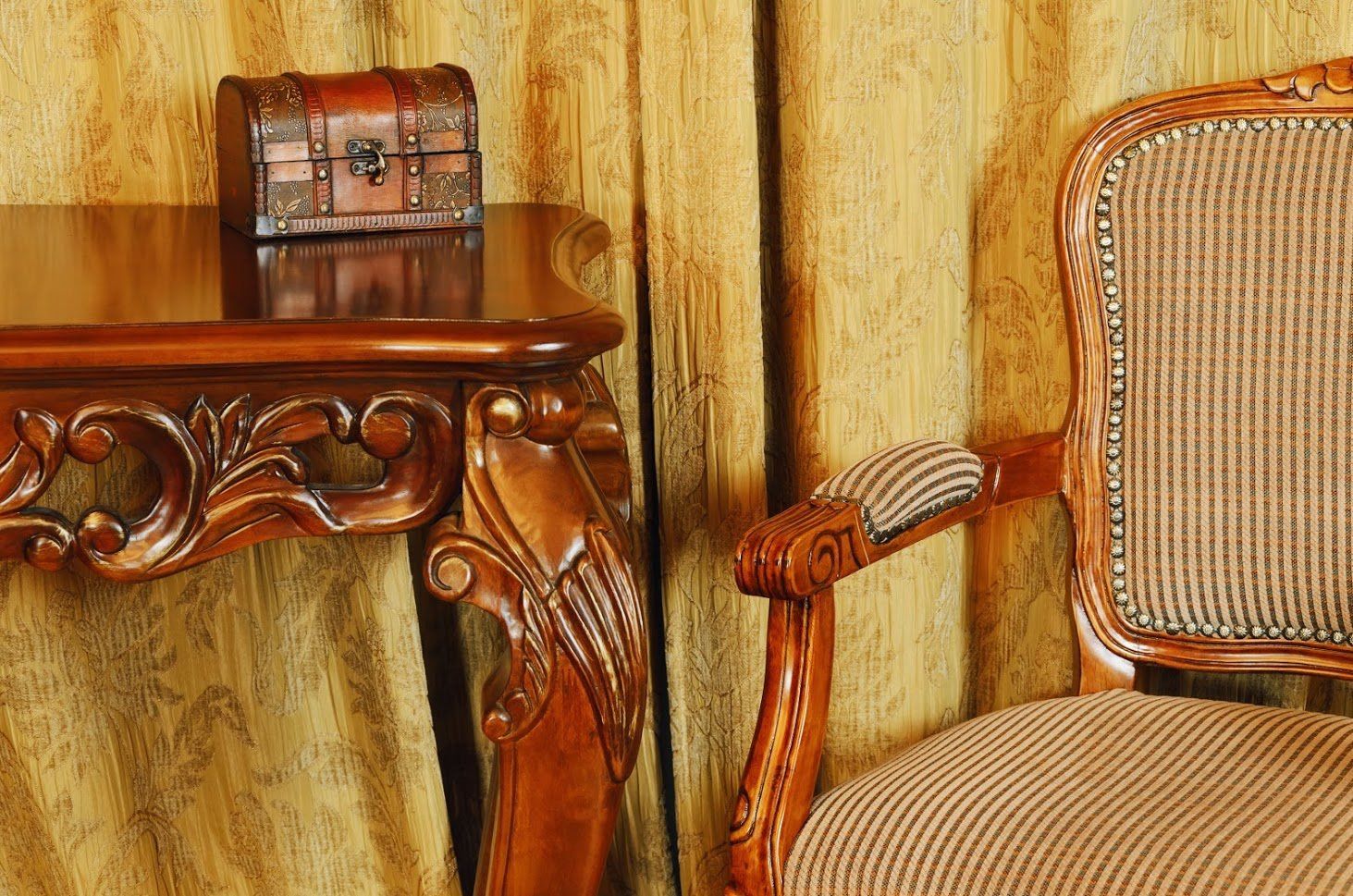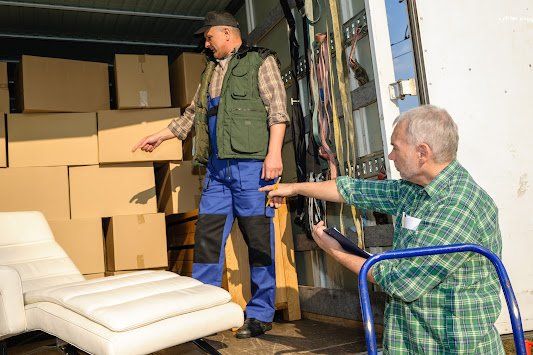An Easy Guide to Pack and Move Antiques

When you plan a move, you may be unsure of the best way to pack and transport fragile and precious items. If you have a collection of antiques and collectibles, you want them to reach the destination in good condition. Worry not, as the guide below will help you pack and move your sentimental items safely.
Assess the Inventory
If you pack the antiques yourself, take stock of what you have to identify the packing supplies you need. Start with the larger and fragile items and progress to the smaller ones. Additionally, take photographs to capture the condition of all your items, and note any imperfections. If you have many antiques, it's advisable to start the assessment well before the moving date.
Consult Appraisers
You may want to get appraisals for your antique jewelry, watches, artwork, and other collectibles, if they have not yet been valued and insured. An antique appraiser researches all aspects of a vintage item and comes up with a financial value.
While you can check out an item's worth on sites like eBay, a professional appraiser considers an item's rarity, materials, artistry, and condition. As a result, you get a more definite value. The American Society of Appraisers is a great place to start your search for are liable appraiser.
Obtain Insurance
Some homeowners' policies cover antiques during relocation, but it's best to check with your insurer. If the insurance provider doesn't cover your collectibles, get added coverage. The advantage of a professional appraisal is that you can estimate the value of your collection for insurance purposes.
Gather Supplies
It isn't advisable to use regular boxes to pack antiques as they're pretty fragile. Instead, get picture boxes, which are flat, large, and adjustable. Dish cartons work for smaller collectibles since they're thicker than standard boxes.
For the first protection layer, get glassine to prevent water damage and oil transfer. Additionally, buy corner protectors to shield the corners of any frames you may have. Extra items include bubble wrap, packing tape, packing paper, and furniture pads.
Pack Collectibles and Antique Furniture
Be sure to clean mirrors and glass items before placing them in boxes. Use a microfiber cloth as antiques are vulnerable to damage. Then, pack every item individually with bubble wrap and wrapping paper. Packing peanuts can cushion and secure the items in the boxes. You can also fill the boxes with crumpled paper or hand towels.
You should make sure to double-box fragile antiques. In this case, use foam sheets outside the smaller box and secure its flaps with adhesive tape. Once the smaller box is well-sealed, place it in the larger one and ensure it's in place. Next, use corner protectors to protect the edges of larger paintings and artwork and place them in picture boxes.
When it comes to antique furniture, disassemble the parts that can come apart. However, don't take any fragile piece apart to prevent extensive damage.
To ensure adequate protection for your furniture, wrap it in several layers. Start with soft packing paper and thin plastic wrap, then use moving blankets or foam sheets, and then hard shell-like custom crates.
Additionally, use a dolly to move antique furniture, and never drag it across the floor.
Hire Professional Help
Many things can go wrong if you move your antiques without professional help. While you might be able to get the collectibles packed by yourself, you should get professionals to carry and load them safely. What's more, expert movers can pack antiques better, as they have the necessary supplies and experience to handle fragile items.
Are antiques complicating your move? Contact us at Helping Hands Movers today for expert moving services.














